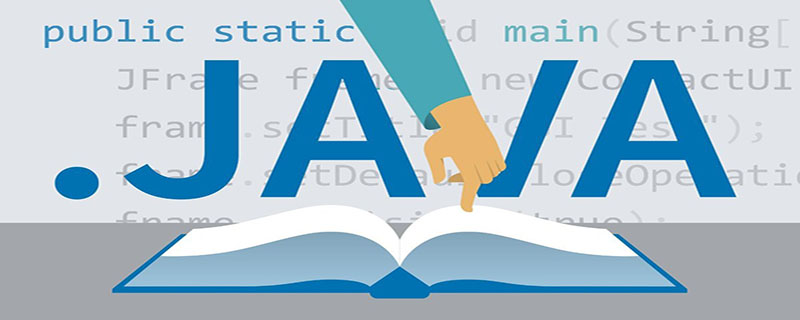

Detailed explanation of spring life cycle:
1. @Bean initialization and destruction
1.1 The life cycle of a bean:
The process of bean creation-----initialization-----destruction
1.2 The life cycle of a container-managed bean:
We can customize the initialization and destruction methods: the container calls our custom initialization and destruction methods when the bean reaches the current life cycle.
Constructor:
Single instance: initialized when the container is created
Multi-instance: Create an object every time it is obtained
BeanPostProcessor.postProcessBeforeInitialization
Initialization:
The object is created and assigned, and the initialization method is called. BeanPostProcessor.postProcessAfterInitialization
Destruction:
Single instance: When the container is closed
Multiple instances: The container will not manage this bean; the container will not call the destruction method;
1. Specify Initialization and destruction methods
Specify init-method and destroy-method through @Bean;
2. Implement InitializingBean through Bean (define initialization logic)
DisposableBean (define destruction logic)
3. You can use JSR250 Specification:
@PostConstruct: After the bean is created and the attribute assignment is completed
@PreDestroy: The cleanup work is called before the container is destroyed and the bean is destroyed
The code is as follows:
a. initMethod and The use of destroyMethod
MainConfig.java
@Configuration@ComponentScan("com.zero.life")public class MainConfig
{// @Scope("prototype") @Bean(initMethod = "init",destroyMethod = "destroy")
public Phone phone(){
return new Phone(); }}
Phone.java
public class Phone { public Phone() {
System.out.println("Phone初始化构造。。。"); }
public void init(){
System.out.println("Phone 初始化方法。。。。"); }
public void destroy(){
System.out.println("Phone 销毁方法。。。"); }}b. The use of InitializingBean and DisposableBean
@Componentpublic class Android implements InitializingBean,DisposableBean {
public Android() {
System.out.println("android constructor.......");
}
@Override
public void destroy() throws Exception {
System.out.println("android destroy........");
}
@Override
public void afterPropertiesSet() throws Exception {
System.out.println("android afterPropertiesSet........");
}}c. The use of @PostConstruct and @PreDestroy Use
@Componentpublic class AIIphone {
public AIIphone() {
System.out.println("AIIphone.... contruct...");
}
@PostConstruct
public void init(){
System.out.println("AIIphone.....PostConstruct");
}
@PreDestroy
public void destroy(){
System.out.println("AIIphone......PreDestroy");
}}2. BeanPostProcessor post-processor
BeanPostProcessor[interface]:
Bean’s post-processor:
In the bean Some processing is done before and after initialization.
1. postProcessBeforeInitialization: Works before initialization
2. postProcessAfterInitialization: Works after initialization
/** * 后置处理器,初始化前后进行处理工作
*/@Componentpublic class MyBeanPostProcessor implements BeanPostProcessor
{ @Override public Object postProcessBeforeInitialization(Object bean, String beanName)
throws BeansException {
System.out.println("postProcessBeforeInitialization....."+beanName+"=>"+bean);
return bean;//可对bean进行包装后返回 }
@Override
public Object postProcessAfterInitialization(Object bean, String beanName) throws BeansException {
System.out.println("postProcessAfterInitialization....."+beanName+"=>"+bean);
return bean;//可对bean进行包装后返回 }}Recommended tutorial: "java video tutorial"
The above is the detailed content of Detailed explanation of spring life cycle. For more information, please follow other related articles on the PHP Chinese website!